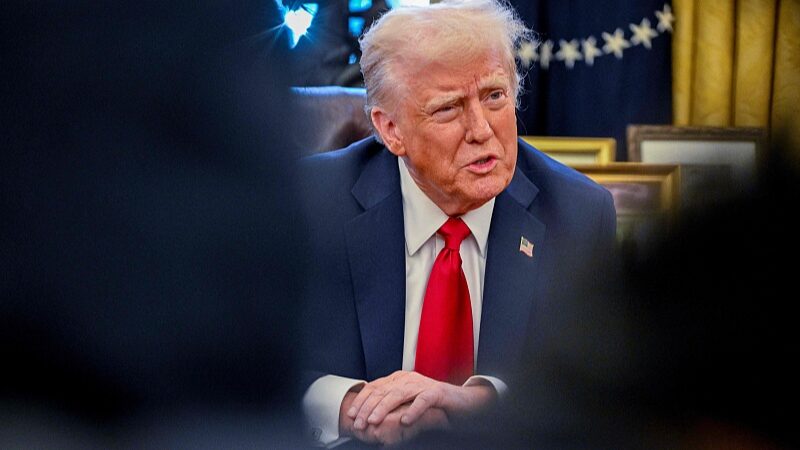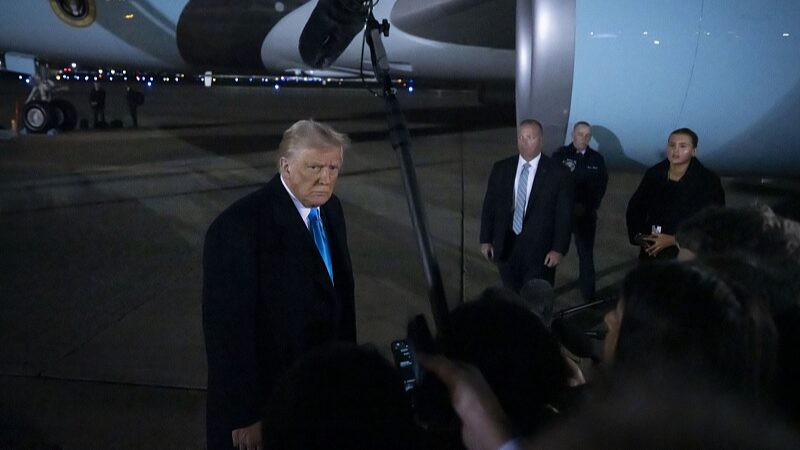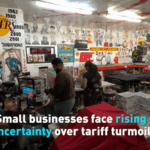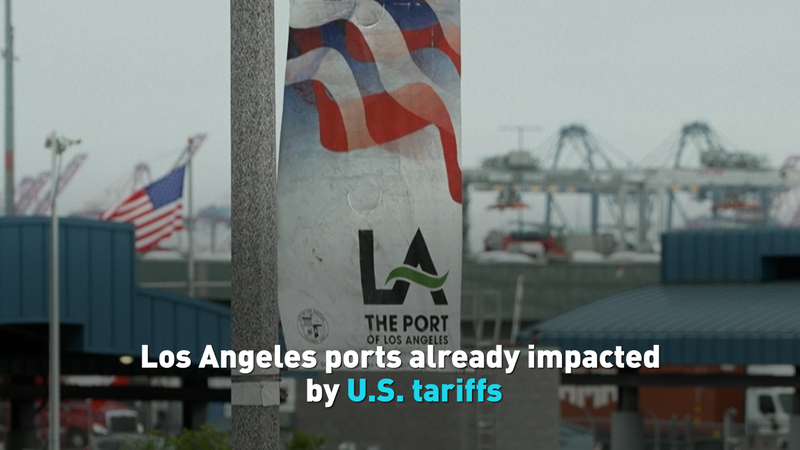Nearly a year after the U.S. imposed sweeping tariffs on imported goods, American consumers are starting to feel the pinch at checkout counters. While temporary trade deals have delayed some price hikes, analysts warn the relief may be short-lived as global markets grapple with ongoing policy unpredictability.
Economist Ediz Tiyansan notes that supply chain adjustments and inventory stockpiling initially softened the blow for retailers. However, recent data shows a 4.2% increase in consumer electronics prices and a 6.8% jump in home appliance costs since January – trends directly tied to tariff impacts.
Asian exporters face a double challenge: navigating shifting U.S. trade demands while maintaining competitive pricing. Vietnam's textile sector and Malaysia's semiconductor industry report thinning profit margins, with some manufacturers considering production shifts within ASEAN markets.
For investors, the uncertainty creates both risk and opportunity. Gold prices have climbed 11% this quarter as traders seek safe havens, while Southeast Asian logistics startups specializing in tariff compliance solutions have seen record venture capital inflows.
As back-to-school shopping season approaches, all eyes remain on Washington's next move. Will temporary suspensions become permanent agreements, or will new tariffs reshape global trade patterns? For now, shoppers and businesses alike brace for continued volatility.
Reference(s):
cgtn.com







